Updated 2/2/24
Planting schedules can be tricky. You need to understand and be watching climate patterns and weather in your area. Zone 6B typically has a minimum temperature of -5 to 0 degrees Fahrenheit per the 2012 map. We remained the same on the updated 2023 zone map.
It’s important to know the days to maturity of the plants and what type of weather do they grow well in.
My planting schedule will help guide you on what to plant when.
Keep in mind that this is my personal planting schedule. It is based on 29+ years of trial and error and what has worked well for me.
I’ve spent most of my gardening years in Kentucky, Zone 6b, and several years in Ohio 6a. Zone 6 covers a large section of the country including parts of New England, Pennslyvania, Ohio, Kentucky, Indiana, Missouri, across Kansas, and into the Rocky Mountain states. The lighter green represents 6B.
You may need to adjust this schedule up or down depending on where you live and garden. Knowing your agricultural zone is very important. You can check your agricultural zone on the USDA Plant Hardiness Zone Map. Just put in your zip code and voilà!
Another important date to understand is your expected Last and First Frost dates. For me, these have been traditionally May 1st and October 15.
Your garden zone is important to know but remember it works with a variety of other data. Rainfall, soil types, and amount of sunlight are also important things to keep in mind.
Just Published
Succession Planting
As you start planting this year, keep in mind the importance of succession planting. Succession planting is one way to have an abundant harvest. Never leave a space empty during the growing season. When one crop is done replace it with another.
Early crops such as cool weather lettuce, spinach, and radishes can be planted in March and harvested by May. Follow them with tomatoes and squash. And when the warm weather crops are done have cool weather transplants ready to go such as cabbage and broccoli.
You can also do the same crop successions. By planting early and late varieties of the same crop, you can extend your harvest. This works well with lettuce, beans, and corn.
Read the product descriptions of the seeds. Some lettuce is very hardy in cool weather and some varieties will grow in summer (often with shade cloth). That way you can continue to have nice fresh salads all year long.
This is why when you look at my planting chart you will see a crop multiple times.
Planning is important. Read my article Work That Plan to help you set goals for the garden.
Planting Methods
I use a variety of ways to get plants started. I start seeds inside, direct seed them in the garden, and start them from either seeds or transplants in the greenhouse.
Why I Use Various Methods for Starting Seeds and Growing Plants
I use a number of different ways to start my seeds and different methods to grow crops. Probably the biggest reason is that I love the variety and I am a scientist at heart.
I want to find the best micro-climate for my plants and get the most production at the same time. It’s a challenge!
Using different planting methods also will give you crop security. My mother used to say “Don’t put all your eggs in one basket”! If cabbage lopers find the plants out in the garden, hopefully, the ones in the raised bed under garden fabric will have avoided them.
In April of 2020, my farm was hit by an F1 tornado. We had an outside animal enclosure get flattened (luckily no one was in it) and the greenhouse plastic was just shredded. Many of the plants growing inside it were beaten up by wind and rain.
However, my outside raised beds along the fence line were more protected and weathered the storm. So I still had spring lettuce and peas growing. A blessing after a very scary night spent with the dogs between two mattresses!
CHECK OUT MY GARDEN PLANNER WITH ALL MY PLANTING DATES! This log book has lots of pages to record what’s happening in your garden as well as some pro-tips from me!
Inside
I start most seeds inside. I use the “Reptile Room” in the wildlife barn because I keep it warm for the turtles and snakes during the winter. I also use the kitchen counter because it is a warmer humid room.
The advantage of starting seeds indoors is that they have ideal conditions to start off their new life. Loose seeding starting substrate, warmth, light, and water help them to germinate and grow quickly.
The disadvantage of starting seeds indoors is that you may not be able to plant them outside when the weather is not cooperating. Your young seedlings may become leggy and unhealthy because they need more natural conditions.
My seed-starting space is small so traditionally my goal has been to keep bumping things up. If your seedlings are in a 48 or 72-section flat, bump them up to a 3-inch jiffy pot. I do start my bigger plants in an 18 flat so they have some wiggle room.
Lately, I have been starting everything out in a 48 or 24-tray so that I don’t have to bump them up. This takes more space but alleviates some of the stress of finding the time to bump up young seedlings and gives the roots plenty of room to develop.
Once seedlings are established and getting true leaves, I move them to the greenhouse. If we have a cold spell I have to haul them back to the heat for a day or two.
Check out my video on how I grow potatoes
Direct Seed
Some crops I direct seed. Direct seeding is convenient because you don’t have to bump up or transplant those crops. However, you run the risk of Mother Nature, especially in early spring when temperatures fluctuate greatly and heavy rains pound the soil.
Direct seeds are more of a gamble. To help reduce the risk you can use season extension strategies. Season extensions can be cold frames, garden fabric, hoop houses, greenhouses, or simply a good layer of straw mulch.
The point of season extension is to just give the plants some added protection. Remember we are all about having a production garden so that we grow successful crops to help us meet our goal of self-sufficiency.
Subscribe to my YouTube channel for lots of great videos on gardening how to @foxruneec
Planting In The Greenhouse
Some crops I direct seed or transplant them into the greenhouse. This just gives them an additional layer of security by protecting them from harsh winds and rain. It also provides a warm microclimate.
Since space is limited I tend to plant a small section of things in the greenhouse. I do plant my main crop of eggplant in the greenhouse every year which is a strategy I use to protect them from flea beetles (my worst nemesis).
I have two long beds running down the side of my 15-foot-long greenhouse that is 2 feet wide. One section is used for my perennial herb garden and has chives, thyme, oregano, and sage that come back every year. The rosemary is a toss-up whether it survives the winter.
You will notice that I often plant the same crop in many different ways. This is the crop security program I spoke of earlier.
Key To Garden Chart
GH – plant in beds in the greenhouse
I = Inside house or workroom, under lights or on sunny window shelves
O = Direct Seed Outside in gardens
OP = outside in the garden but with protection such as garden fabric
My Planting Schedule For USDA
Agricultural Zone 6b
Check out, like, and subscrbe to our YouTube Channel
I do like to push my parameters and get tomatoes and peppers outside as early as possible. I play planting by ear based on the weather.
Going into my frost-free season I am transplanting and direct seeding my warm-weather crops.
Going into summer I will continue to fill in the gaps. I typically will plant beans and squashes every two weeks. In May I start planting summer lettuce varieties. I plant Brussels sprouts in early June as I want them to mature in the fall.
Planting Annual Flowers Zone 6B
I grow flowers for several reasons. First, they are pretty, and I enjoy them. I love to fill my house with them in summer. A mix of annuals, perennials, and the wildflowers in the field make beautiful bouquets.
Secondly, flowers do some good work in your garden. They attract pollinators and other beneficial insects, bees love them, and they are good companion plants for many vegetables.
Not to mention some flowers are edible. Nasturtiums have a wonderful peppery flavor that perks up a salad. Calendula looks great and has medicinal properties as well.
Since I have a small grow light area flowers often get pushed to the back. Often, I just wait until the bulk of my veggie plants are in and then sow flowers. I think they catch up easily and it doesn’t seem to make my blooming time that far off.
In a milder spring, I have started them in the greenhouse. Some such as zinnias and sunflowers often get directly sown in the garden. Also, many flowers readily self-seed and do the work for you.
Check out my YouTube channel!
Read my article on beekeeping.
Self-Seeding
Calendula, bachelor buttons, marigold are self-seeding and will come back year after year. The catch is that if you are rotating crops they may no longer be in a good location.
To allow the flowers to self-sow stop deadheading and cutting in mid-August. This gives the seeds time to ripen and dry out.
They will later just drop on the ground. If I’m on top of things I like to cover the area with about two inches of straw to protect them over winter. Then remove most of it in late spring.
You can also harvest the seed heads for planting next spring. However, make sure you have open-pollinated heirloom varieties. If you save the seeds overwinter them in a cool location so they know there has been a winter.
Transplant Your Volunteers
You can gently dig up the young seedlings and transplant them where you want them. I have done this several times with marigolds. Marigolds are good companion plants for tomatoes and peppers.
You can also pot up your volunteers and sell them at the market, give them to friends, or trade.
Bedding Plants
I don’t raise any bedding plants per se – those flowers we think of going in pretty pots or window planters. I typically buy some at a local nursery.
In the past, I have traded work for flats of plants. Read my article on Bartering!
Fall Gardens in 6b
I start the process again in July to get ready for fall planting. You can read my article Fall Gardens Are The Best to learn more about them. This article goes into detail about fall gardening but I will give you my planting schedule below.
July 15 - 30 I plant fall peas and beans, and one last round of summer squash. The summer squash and beans will get direct-seeded in the garden. Provide the seedlings with plenty of water and check on them daily.
Peas I plant in pots that are in a cool location. They get morning sun but afternoon shade.
July 28 to August 7 I plant broccoli and cabbages in yogurt cups or jiffy pots. I keep them in a cool location. They won’t sprout if it’s too hot.
August 1 - 14 I seed greens (lettuce, onions, spinach, mesclun ) in flats. I plant small amounts of lettuce/greens every two weeks till about October first.
August 14 - 30 I plant out carrots, parsnips, and beets in the garden. I often cover them with shade cloth and try to be diligent about watering.
These do typically get direct-seeded, however last year I successfully transplanted beets. Water is very important in starting root crops.
Also, I seed more broccoli, kale, and chard in yogurt cups. I transplant these in late September, heavily mulched with straw and covered with garden fabric.
September if you are a flower gardener plant larkspur and poppies in a prepared bed for the following spring.
October I plant garlic and winter wheat. Both of these crops winter over. I place garlic in a raised bed because it does not like wet feet and can rot if the soil is saturated. I mulch both crops with straw.
Read my blog on planting garlic.
Author, Ame Vanorio has 29 years of experience as an organic farmer and homesteader. She is a certified teacher and teaches programs online. She is the director of Fox Run Environmental Education Center and a licensed wildlife rehabilitator. Check out her author page on Amazon.

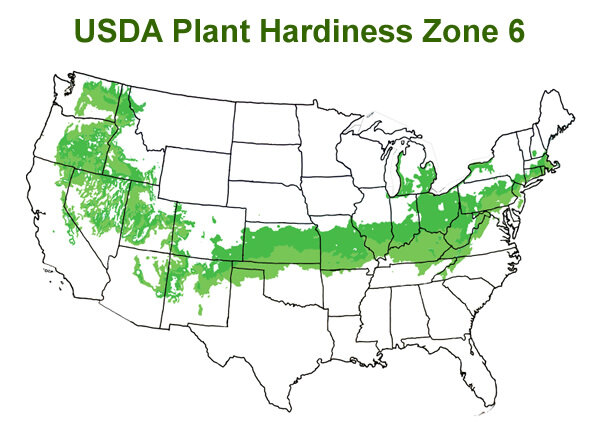


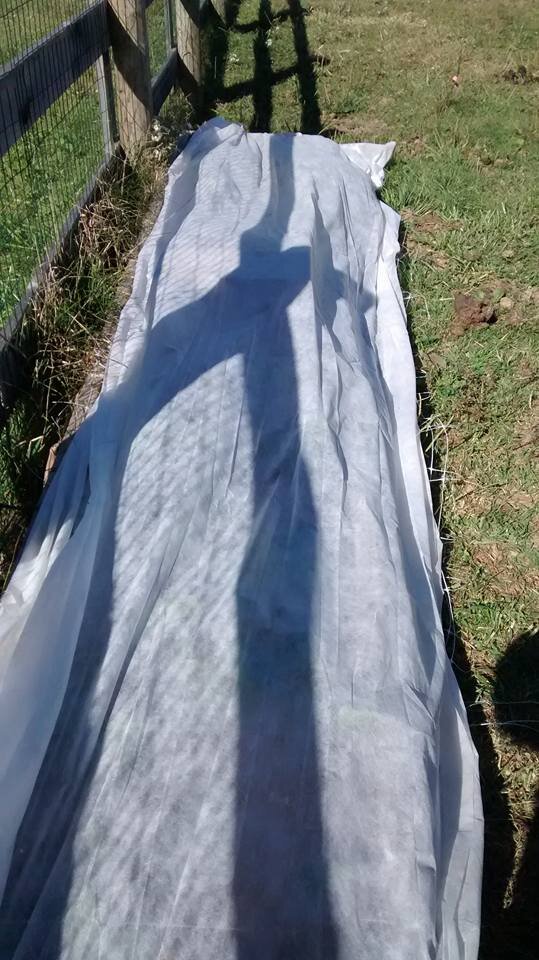
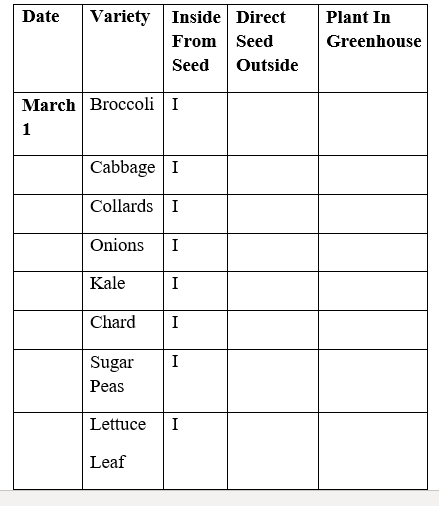

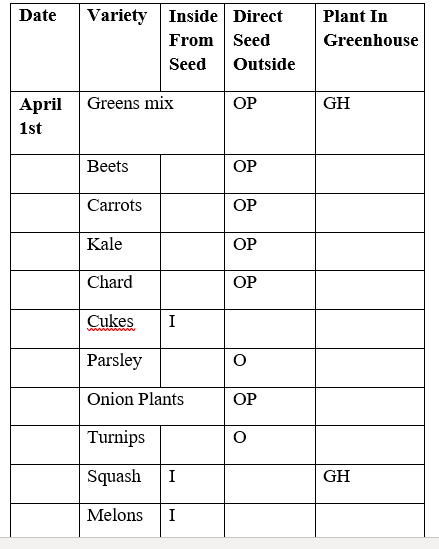
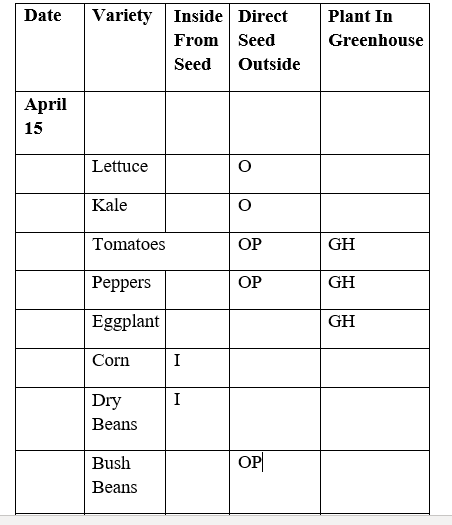
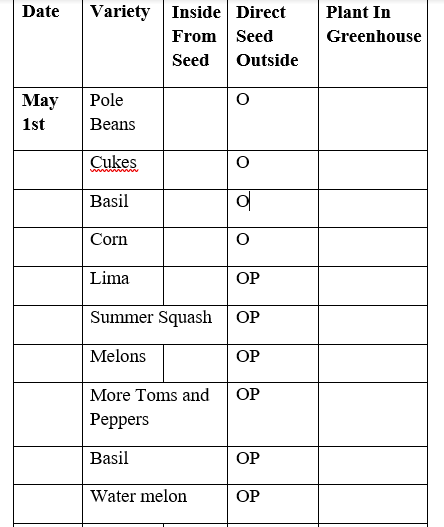





Potatoes are a great, versatile food crop and are worth trying for many home gardeners. Potatoes at the grocery store are inexpensive, so many home gardeners don’t see a point in growing their own. But, nothing beats an organic, homegrown potato.